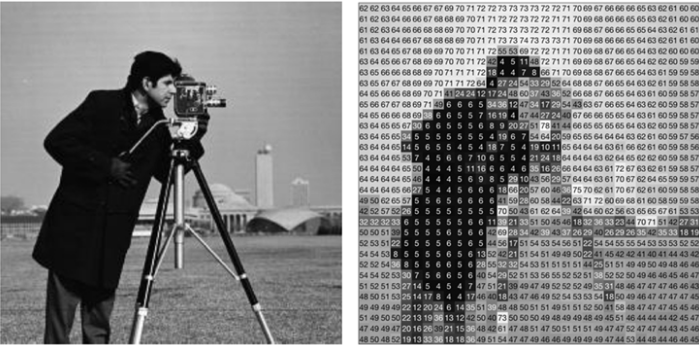Facebook Makes Image Identification Software Available to the Public
You can now download the code that lets your computer recognize what's in a photo

Facebook posted today that it will make its image identification software downloadable and available to the public. We’ve already seen the basics of image identification software come into play on Facebook when we upload a picture and get suggested tags based on recognized faces, but the new software released aims to take the capabilities beyond that.
Facebook has released three main algorithms: DeepMask, SharpMask, and MultiPathNet.
“We’re making the code for DeepMask+SharpMask as well as MultiPathNet — along with our research papers and demos related to them — open and accessible to all, with the hope that they’ll help rapidly advance the field of machine vision. As we continue improving these core technologies we’ll continue publishing our latest results and updating the open source tools we make available to the community,” writes Facebook research scientist Piotr Dollar.

These tools aim to identify and label the contents of photographs, a function that will be useful in the future of social media as well as other fields. SharpMask and DeepMask are used to detect each object in a photograph by breaking the image down into layers and pixels. DeepMask focuses on delineating basic shapes and structure for a coarser look, and SharpMask focuses on precise pixel details. Together, the two can work to create the most accurate interpretation possible. MultiPathNet serves a slightly different function and works to label specific objects within a photo.
The breakdown: DeepMask creates rough object masks; SharpMask refines the detail on the masks; and then MultiPathNet works to identify what object the masks actually represent.
The possibilities for this software are endless, and Facebook making it available to anyone who wants to experiment is exciting. This software could one day let us search for images that can’t be found with explicit tags, see the nutritional value of our food before we eat it, or even make picture-based social media more accessible to the blind.